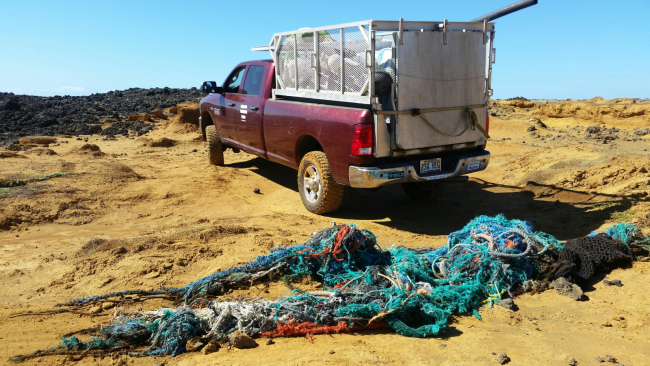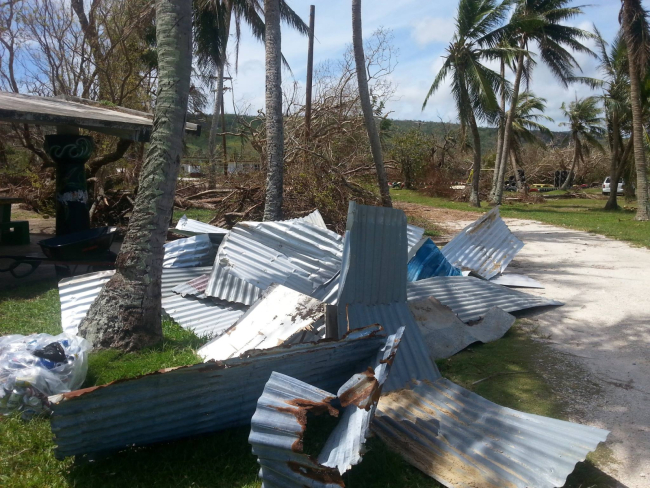Marine debris of all types continue to be a problem for island communities across the Pacific. Derelict fishing gear entangles important wildlife and damages coral reefs. Consumer goods, such as plastic bottles and takeout containers, continue to enter our waterways and ocean. Debris created by large storms can be challenging to remove and dispose of, and can cause damage long after the event has passed. Despite the marine debris problem in the Pacific, dedicated organizations and ocean stewards are working on projects to remove derelict fishing gear, clean up typhoon debris, offer alternatives to commonly used single-use plastic items, and much more. The NOAA Marine Debris Program is proud to support these partners and projects throughout the Pacific Islands region.
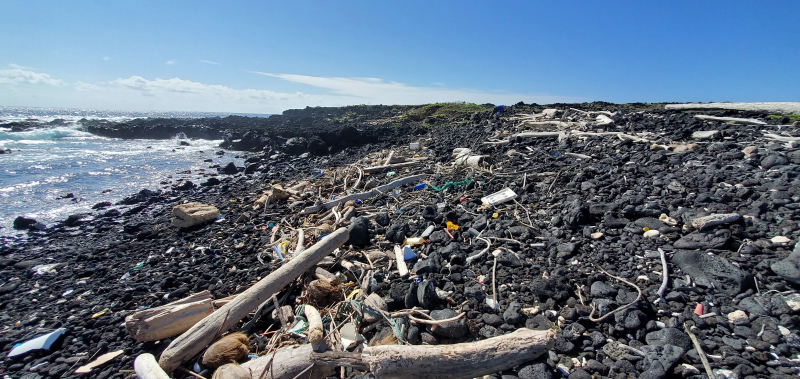
Removal is critical to eliminating the immediate threat debris presents in the marine environment. Hawai‘i Wildlife Fund is working with partners to remove derelict fishing gear and other large marine debris from remote coastlines on Kaua‘i, Maui, and Hawai‘i Island. The Hawai‘i Pacific University’s Center for Marine Debris Research started a derelict fishing gear bounty program that provides commercial fishers the opportunity to trade gear they find at sea for money. Collected nets and other gear will be used for research and recycling projects. Across the Pacific, in the Commonwealth of the Northern Mariana Islands, the Mariana Islands Nature Alliance is working to remove debris left in the wake of Super Typhoon Yutu from the islands of Saipan and Tinian. Their work is supported through the Hurricane Response Marine Debris Removal Fund, a partnership between the NOAA Marine Debris Program and National Fish and Wildlife Foundation.
Through education, our partners across the Pacific are working to prevent marine debris and develop a deep sense of stewardship in their communities to help address the problem for years to come. The NOAA Marine Debris Program is supporting the expansion of the NOAA Office of National Marine Sanctuaries’ Ocean Guardian School Program’s reach in the Pacific with a Guam pilot project. Students and teachers at Simon A. Sanchez High School and John F. Kennedy High School are working on respective projects that prevent marine debris to protect local watersheds. In Hawai‘i, Parley Foundation is implementing a marine debris prevention initiative focused on the impacts of derelict fishing gear and single-use plastics. Project partners are hosting Ocean Stewardship Clinics and beach cleanups that take youth directly to the ocean to learn about environmental issues and to visit the Parley AIR Station, a collaborative community hub dedicated to inspiring action for the ocean, where they participate in educational presentations, interactive social events, and upcycling workshops.
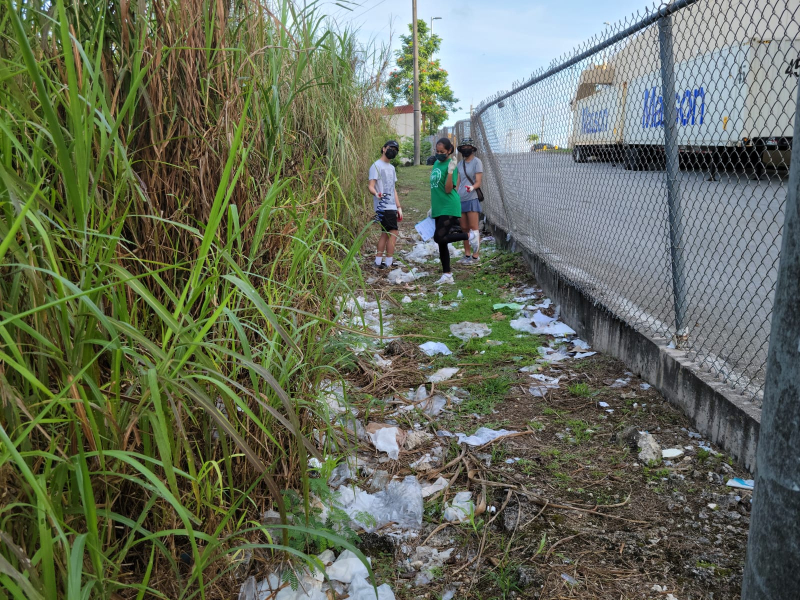
Along with education, tools that support marine debris prevention are needed to aid communities in this overarching effort. Arizona State University and American Samoa Community College students are exploring sustainable options to replace regularly used single-use plastic takeout containers, working with local businesses to pilot alternatives, and spreading awareness of the impacts of single-use plastics through public service announcements and community outreach. The Hawai‘i Department of Land and Natural Resources’ Division of State Parks is working to install water bottle filling stations in 19 parks throughout the islands to encourage the reduction of single-use plastics being used in the parks. They are also developing an accompanying educational video and hosting cleanup events.
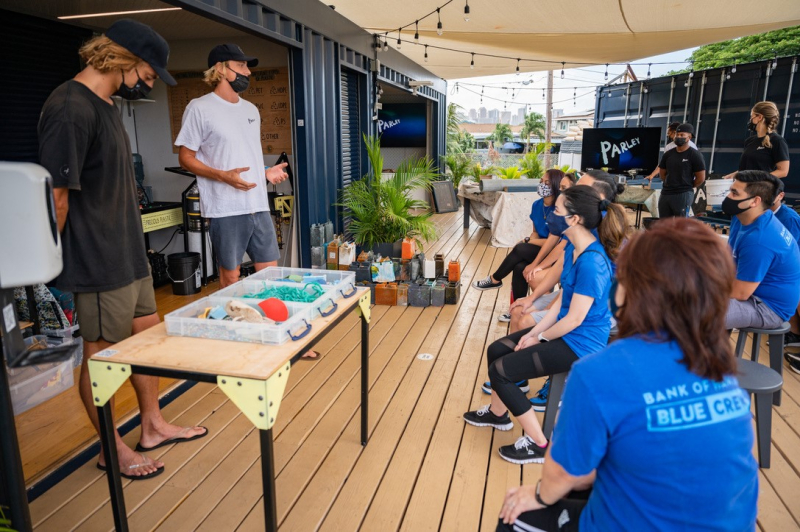
With perseverance and passion, these organizations are working to protect their Pacific Island communities from marine debris and its impacts. Subscribe to the Hawai‘i Marine Debris Action Plan newsletter and the Pacific Islands Marine Debris newsletter to continue to learn more about these projects and other efforts throughout the Pacific. Come back to our blog later this month for a guest blog from our partners at the Mariana Islands Nature Alliance!

